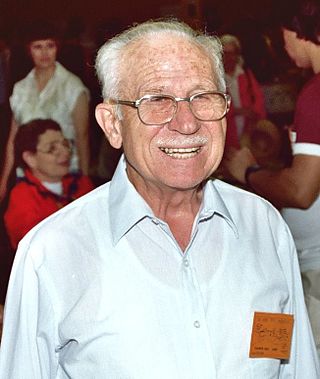
Clarence Charles "Ducky" Nash was an American voice actor and impressionist. He is best remembered as the original voice of the Disney cartoon character Donald Duck. He was born in the rural community of Watonga, Oklahoma, and a street in that town is named in his honor. In 1993, he was posthumously made a Disney Legend for his contributions to Walt Disney films.
The year 1955 in television involved some significant events. Below is a list of television-related events during 1955.
The year 1953 in television involved some significant events. Below is a list of television-related events during 1953.

Lili is a 1953 American film released by MGM. It stars Leslie Caron as a touchingly naïve French girl whose emotional relationship with a carnival puppeteer is conducted through the medium of four puppets. The film won the Academy Award for Best Original Score, and was also entered in the 1953 Cannes Film Festival. It was later adapted for the stage under the title Carnival! (1961).

Shari Lewis was a Peabody-winning American ventriloquist, puppeteer, children's entertainer, television show host, dancer, singer, actress, author, and symphonic conductor. She famously created and instantiated the sock puppet Lamb Chop, for Captain Kangaroo in March 1956 and then continued on the early seasons (1957–1959) of Hi Mom, a local morning television show which aired on WRCA-TV in New York City.

Greg the Bunny is an American television sitcom that originally aired on Fox in 2002. It starred Seth Green and a hand puppet named Greg the Bunny, originally invented by the team of Sean S. Baker, Spencer Chinoy and Dan Milano. Milano and Chinoy wrote and co-produced the Fox show. The show was spun off from The Greg the Bunny Show, a series of short segments that aired on the Independent Film Channel, which were based on the Public-access television cable TV show Junktape. A show spin-off, called Warren the Ape, premiered on June 14, 2010, on MTV.

Howdy Doody is an American children's television program that was created and produced by Victor F. Campbell and E. Roger Muir. It was broadcast on the NBC television network in the United States from December 27, 1947, until September 24, 1960. It was a pioneer of children's programming and set the pattern for many similar shows. One of the first television series produced at NBC in Rockefeller Center, in Studio 3A, it pioneered color production in 1956 and NBC used the show to promote color television sets in the late 1950s.

Kukla, Fran and Ollie was an early American television show using puppets. It was created for children, but was soon watched by more adults than children. It did not have a script and was entirely ad-libbed. It was broadcast from Chicago between October 13, 1947, and August 30, 1957. Comedienne Fran Allison starred, interacting with puppets, Kukla and Ollie whose puppeteer was the show's creator, Burr Tillstrom. After the original run, the team appeared in other productions over several decades.
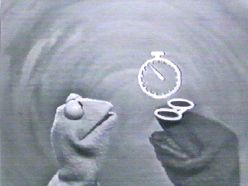
Sam and Friends is an American live-action and puppet sketch comedy television series and a lead-in to The Tonight Show created by puppeteer Jim Henson and his eventual wife Jane Nebel. It was taped and aired twice daily as a local series in Washington, D.C., on WRC-TV in black and white, and later color, on weeknights from May 9, 1955, to December 15, 1961. However, most of the original episodes were never recorded, while some have become lost media. A few surviving episodes can be viewed at the Paley Center for Media but many can also be found on video websites like YouTube, such as those digitally archived by The Jim Henson Company. Some have been documented by either the Henson Archives or newspaper articles published while the show was still on air.

John Francis Burns was an American comedian, actor, voice actor, writer and producer. During the 1960s, he was part of two comedy partnerships, first with George Carlin and later with Avery Schreiber. He is also known for his short stint as Warren Ferguson, Barney Fife's replacement on The Andy Griffith Show in 1965. By the 1970s, he had transitioned to working behind the camera as a writer and producer on such comedy series as The Muppet Show and Hee Haw.
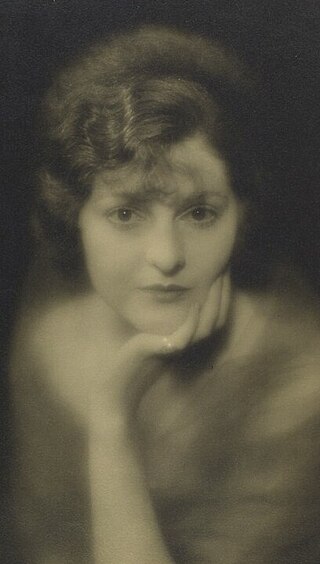
Eleanor Audley was an American actress with a distinctive voice and a diverse body of work. She played Oliver Douglas's mother, Eunice Douglas, on the CBS sitcom Green Acres (1965–1969), and provided Disney animated features with the voices of the two villain characters, Lady Tremaine, Cinderella’s cruel stepmother in Cinderella (1950), and Maleficent, the wicked fairy in Sleeping Beauty (1959). She had roles in live-action films, but was most active in radio programs such as My Favorite Husband as Liz Cooper's mother-in-law, Mrs. Cooper, and Father Knows Best as the Anderson family's neighbor, Mrs. Smith. Audley's television appearances include those in I Love Lucy, The Dick Van Dyke Show, Mister Ed, Hazel, The Beverly Hillbillies, Pistols 'n' Petticoats and My Three Sons.
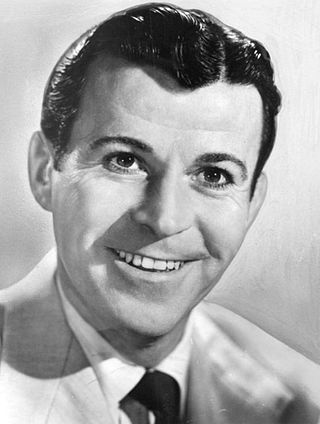
Dennis Day was an American actor, comedian and singer. He was of Irish descent.

Heckle and Jeckle are postwar animated cartoon characters created by Paul Terry, originally produced at his own Terrytoons animation studio and released through 20th Century Fox. The characters are a pair of identical anthropomorphic yellow-billed magpies; they were voiced at different times by Sid Raymond (1947), Ned Sparks (1947–51), Roy Halee (1951–61), Dayton Allen (1956–66) and Frank Welker (1979).
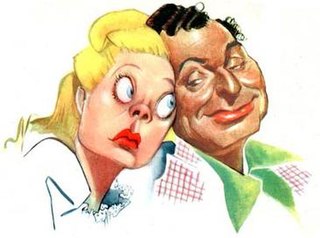
The Phil Harris-Alice Faye Show, was a comedy radio program which ran on NBC from 1948 to 1954 starring Alice Faye and Phil Harris. Harris had previously become known to radio audiences as the band-leader-turned-cast-member of the same name on The Jack Benny Program while Faye had been a frequent guest on programs such as Rudy Vallée's variety shows. After becoming the breakout stars of the music and comedy variety program The Fitch Bandwagon, the show was retooled into a full situation comedy, with Harris and Faye playing fictionalized versions of themselves as a working show business couple raising two daughters in a madcap home.

Time for Beany is an American children's television series, with puppets for characters, which was broadcast locally in Los Angeles starting on February 28, 1949 and nationally by the improvised Paramount Television Network from 1950 to 1955. It was created by animator Bob Clampett, who later reused its main characters for the animated series Beany and Cecil. The show won three Primetime Emmy Awards for best children's show.

Spike and Tyke are fictional characters from the Tom and Jerry animated film series, created by William Hanna and Joseph Barbera. Spike is portrayed as an English Bulldog, who is generally amiable and friendly, and a loving father to his son Tyke in several episodes. However, Spike's character also has a very stern, and fierce side, for occasions such as when he is defending his son Tyke.
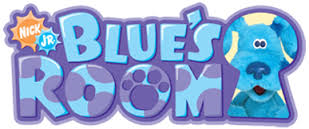
Blue's Room is an American puppet television series spin-off from Blue's Clues. It was created by Traci Paige Johnson and Angela Santomero. The show aired on Nickelodeon as part of the Nick Jr. block, and it started out as short segments on Blue's Clues episodes in Season 6.

The Magic Clown is an NBC TV series which ran from 1949 to 1954. The final NBC broadcast was on June 27, 1954. The show then moved to WABD where it stayed until 1958. After that, it was renamed Bonomo, The Magic Clown and was broadcast on WNTA from September 29, 1958 to July 24, 1959. The show was sponsored by Bonomo Turkish Taffy. Josh Norris, who used the stage name "Zovello", was the first Magic Clown, and went on to a successful career as a full-time magician.
Aniforms is the name of a process for creating simple real-time animation for live audiences or visual media. It was invented by Morey Bunin, a puppeteer who worked with string marionettes and hand puppets, and his spouse Charlotte. The distinctive feature of an Aniforms character is that it displays a physical form that appears "animated" on a real or simulated television screen. The technique was used in television production.
















